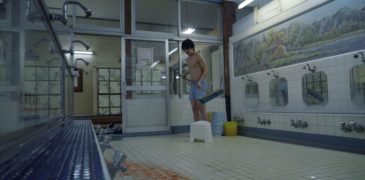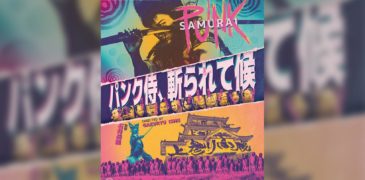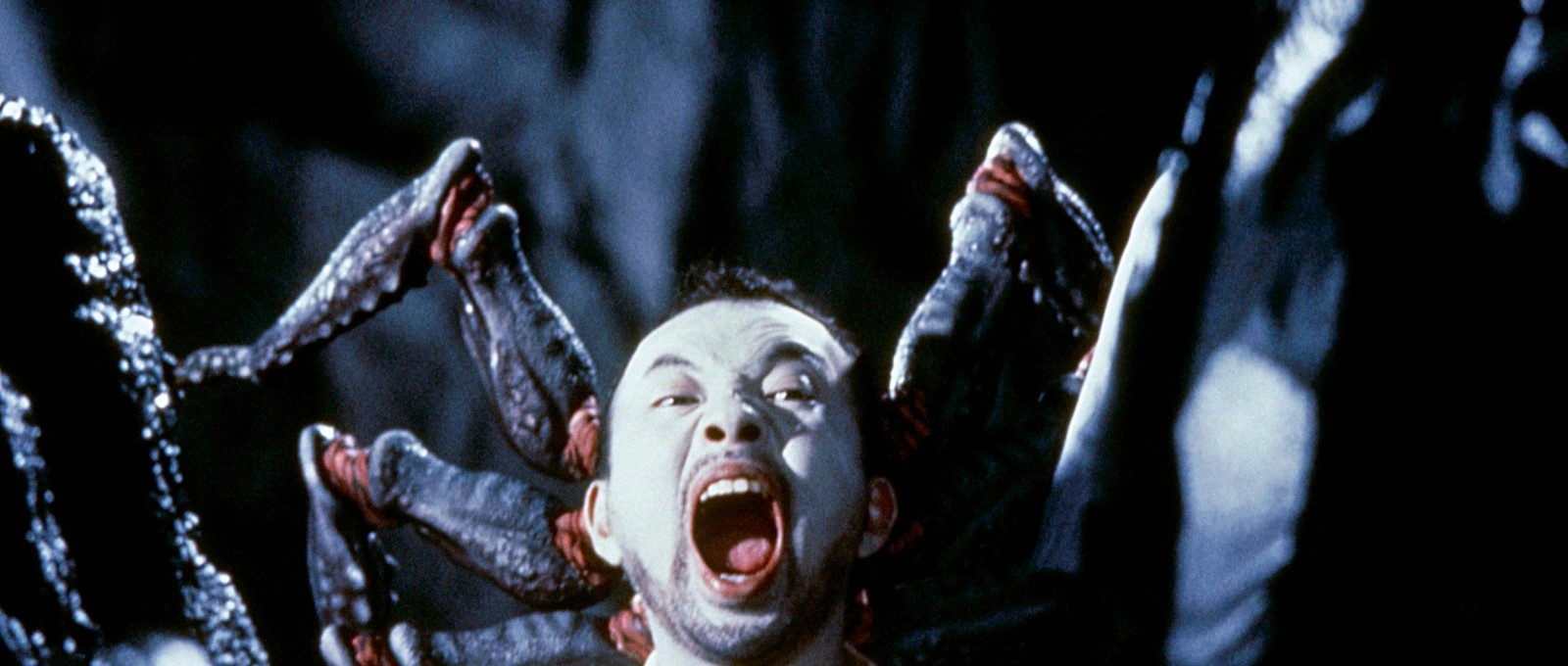
“Strings of gold sway gently in the wind, They play a sweet and gentle melody, At night I walk in the pale moonlight, Together with a dream, A secret dream..”
Having spent most of my adolescence hunting down Japanese films at my local video stores and rummaging through endless online forums to discover new titles, I am exceedingly surprised and appalled that I never got around to watching this particular flick. I was familiar with the title and had watched a number of Shinya Tsukamoto’s films by the time I reached high school; I still remember the awe and reverence that I felt the first time I watched Tetsuo: The Iron Man, and how grimy but enthralled I felt while watching A Snake of June, but Hiruko the Goblin was always just out of my reach. Perhaps my stubborn desire to obtain these films without the help of the internet (which wasn’t quite as dominant at the time) is to blame, but I digress.
Whether you’re familiar with Tsukamoto’s work or not, it must be noted that the man pulls no punches. One of the most appealing aspects of Asian cinema, especially for western audiences, is how often they tend to push the boundaries we’re accustomed to, and how far they push them. Tsukamoto-san is among the several prominent filmmakers who habitually succeed in doing this, and it is exciting to see that his work continues to get the attention it deserves. With Arrow Video releasing their Solid Metal Nightmares box-set just last year, we now have an upcoming new restoration of Hiruko the Goblin coming at us from Third Window Films later this month! It’s been a long time coming for me but I can finally join the camp of folks who have seen this flick, and boy what a large and passionate camp it is!
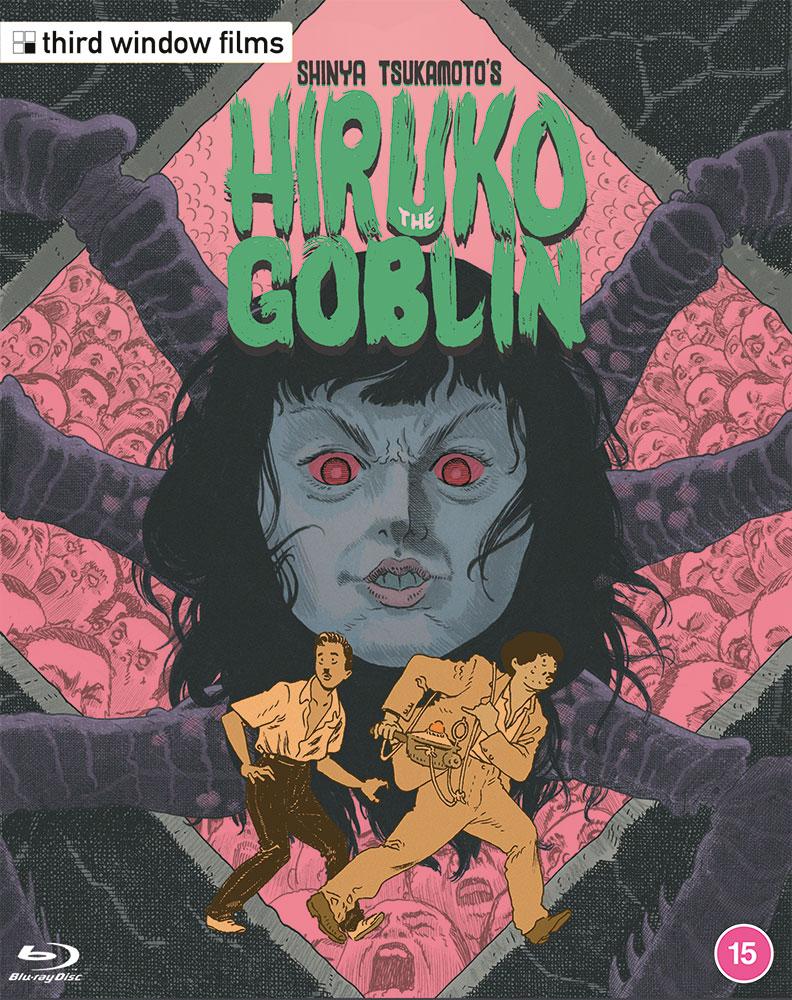
We’re introduced to our lead character within the first ten minutes of the film as he joyfully digs something out of an excavation site. Hieda Reijiro is an overtly passionate archeologist with a bad reputation for championing chimerical stories regarding the supernatural. These stories, of course, are shrugged off by his fellow peers due to the lack of evidence surrounding them. Hieda receives a letter from his brother-in-law Takashi about an ancient tomb that was recently discovered near the school where he works, and asserts that although he himself is a skeptic, it might cater to Hieda’s otherworldly interests. After sending the letter, Takashi decides to investigate the burial mound and is unwillingly accompanied by a female student named Reiko. The two of them mysteriously disappear shortly after entering the tomb.
Hieda has a run-in with Takashi’s son Masao when he finally arrives at the site. Although school is not currently in session, Masao has been looking around campus for his missing father with a group of friends, and is surprised when he sees Reiko wandering around the halls as well. As it turns out, this Reiko is not exactly the smiling honor roll angel that Masao is used to seeing in class, at least not anymore, and things really take a turn when his friends start dropping like flies right under his nose, causing the strange marks that have appeared on his back to heat up and emit smoke. It’s up to our two unlikely heroes (a kooky archeologist and a junior high school student) to put an end to these outlandish occurrences, figure out exactly what was hiding inside the fabled ancient tomb, and find a way to seal it away for good.
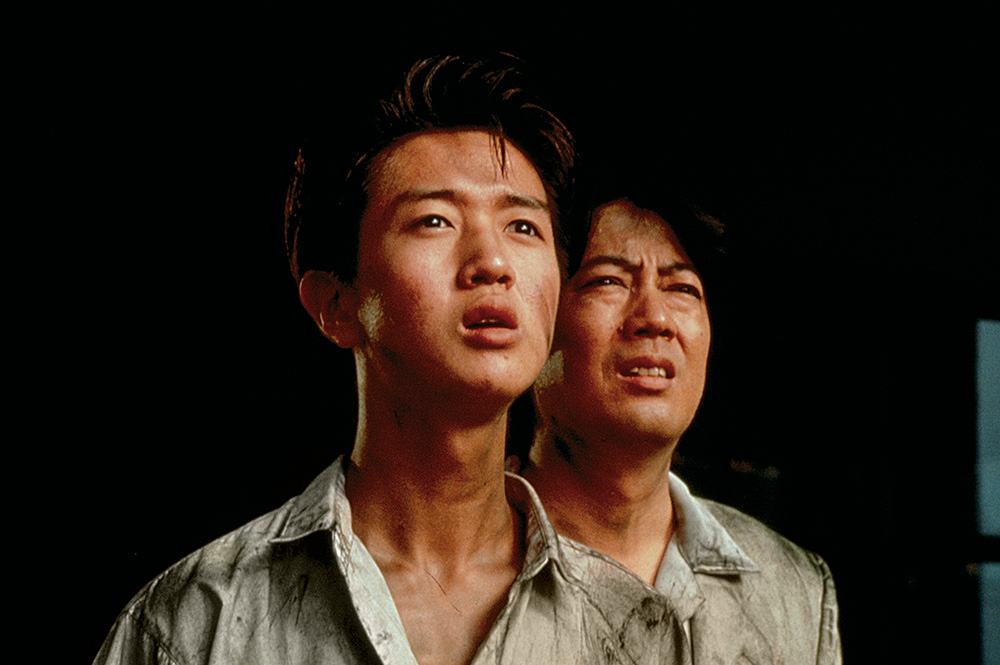
This has got to be one of the most 80’s feeling films from the 90’s that I’ve ever seen! Granted, it was released in 1991 which means that the previous era was still bleeding into numerous forms of media. Still though, the soundtrack alone is enough to send fans of retro film scores to sonic paradise; the eerie string arrangements in the main title are as memorable as any classic horror theme song, and the song that Reiko sings at some point in the film made me feel like I was slow dancing to a ballad at prom with teased hair and puffy sleeves! That is, until I realized that Reiko’s severed head was responsible for uttering the words to the tune. The song abruptly ends as spider-like legs suddenly grow out all around her and move her out of frame. This is perhaps my favorite moment in the film, and it conveniently brings me to the topic of the special effects!
To piggy-back off of my statements about the retro vibe, Hiruko the Goblin boasts some incredible practical effects that I’m sure would make Tom Sullivan proud! Whether they’ve aged well or not depends on the viewer; I’m personally not picky when it comes to older visual effects (or modern ones for that matter) but I found them to be extremely well-handled. I’ve seen people compare the spider-legged severed heads to the one featured in John Carpenter’s The Thing, but I wouldn’t go as far as saying they’re derivative in any way. In fact, I would say that whenever there’s a moment where Tsukamoto is probably referencing another piece of work (Evil Dead came to mind a few times, hence the reference to Sullivan) it still ends up feeling like his own twisted variation rather than a copy, making the overall experience sufficiently lively!
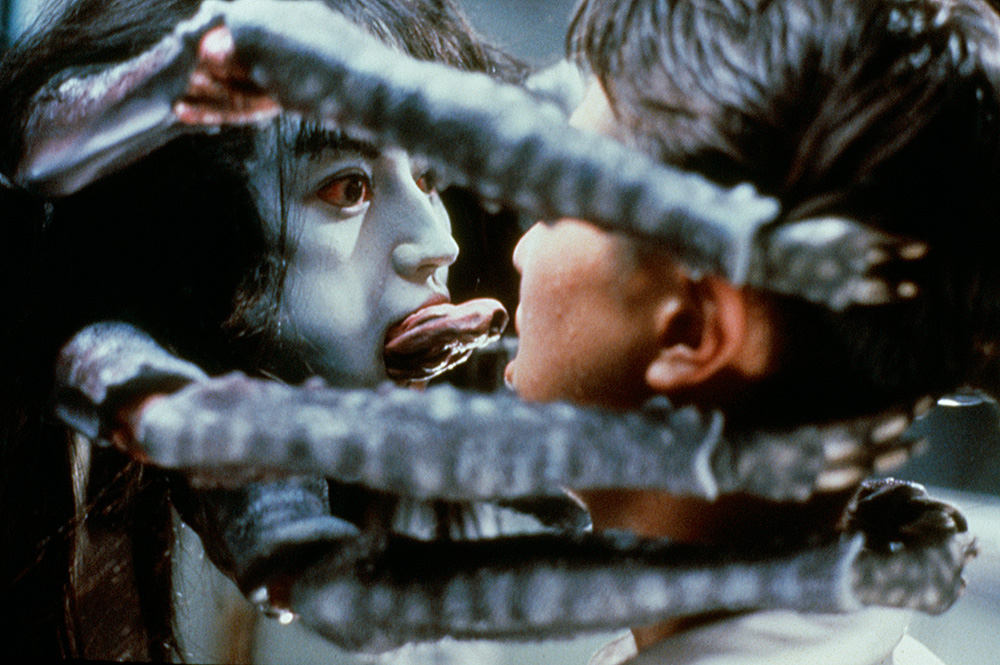
In many ways, Hiruko the Goblin was almost exactly what I expected it to be, and I don’t mean that in a bad way. I had seen countless GIFs and images from the film through various sources online, so I was already preconditioned to the more extravagant visuals that the film had to offer. Aside from that, I knew just how wacky Tsukamoto’s films could be based on the ones I had already seen, so I expected no less than an wild horror adventure stuffed with a multitude of intricately designed creatures and wonderfully grotesque set pieces. With that said, Hiruko the Goblin is perhaps one of Tsukamoto’s most conventional films, leaning heavily on its quirkiness and slapstick humor to balance out the lurid happenings that result in characters getting decapitated left and right. Watching it for the first time only cemented a recurring thought that I’ve had for years: “Why on Earth have you not seen this yet?”
The gorgeous new restoration from Third Window Films will be available in Region B on January 24th, 2022. Those of you who haven’t seen the film and are currently living in this region might be happy to know that it will also be available to stream through Vimeo on the same date, depending on your viewing preferences. I’m personally quite partial to physical media however, and this option comes with even more perks! You’ll have access to a brand new interview with the man himself, Shinya Tsukamoto, an audio commentary by Tom Mes, a remarkable connoisseur of Japanese cinema, an interview with special effects artist Takashi Oda, and a vintage interview with Tsukamoto-san! That’s what I call getting the attention it deserves! The hunt for this type of media continues, as I’m now determined to check out the manga that inspired the film; but we’ll save that topic for another time!
More From Third Window Films
“There is always some madness in love. But there is also always some reason in madness.” -Friedrich Nietzche Last year, cinema fans worldwide were able to engage and appreciate the… Confessions (Kokuhaku in Japan) is a 2010 revenge thriller based on Kanae Minato’s critically acclaimed debut novel. From director Tetsuya Nakashima who also produced the visually bubbly ‘Kamikaze Girls‘ and… As someone whose first introduction to the legendary Shinya Tsukamoto was through his off-beat, disturbed acting roles in “J-Horror” cult classics such as Ichi the Killer and Marebito, I was… Let me tell you what my father told me: “Marriage will not give you instant happiness. It’s wrong to assume that marriage will bring nothing but happiness. Don’t wait for… If ever there was a personification of “It’s not the Destination, it’s the Journey”, it’s Seiji Tanaka’s 2018 Millennial thriller Melancholic. Released recently in dual format by the pioneeringThird Window… Punk Samurai Slash Down is a 2018 Japanese period action/drama, written by Kankurô Kudô and directed by Gakuryû Ishii (formerly known as Sogo Ishii). The film is based on the…Tezuka’s Barbara (2019) Movie Review – A Nuanced Portrait of Decadence and Obsession
Film Spotlight: Confessions (Kokuhaku) [2010]
Shinya Tsukamoto’s Gemini (1999) Film Review: Fraternal Love… and Death
Abnormal Family: Older Brother’s Bride (1984) [Film Review]
Film Review: Melancholic (2019) – Seiji Tanaka’s Millennial Thriller
Punk Samurai Slash Down (2018) Film Review – Audacious Reimagining of Jidaigeki Cinema

Your typical ghoul next door; film enthusiast, horror fanatic, J-horror nerd, aspiring horror host, and all around geek. Will likely be found cuddling with their cat and reading an old smelly book, or stuffing their face with popcorn at the cinema!
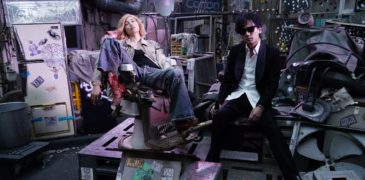
![Film Spotlight: Confessions (Kokuhaku) [2010]](https://www.grimoireofhorror.com/wp-content/uploads/2020/12/confessions-header-365x180.jpg)
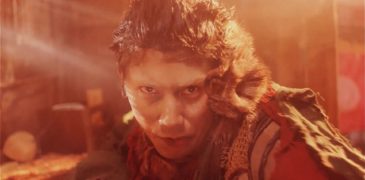
![Abnormal Family: Older Brother’s Bride (1984) [Film Review]](https://www.grimoireofhorror.com/wp-content/uploads/2021/03/AbnormalFamily1-365x180.jpg)
